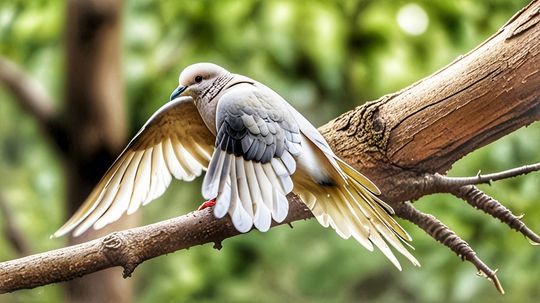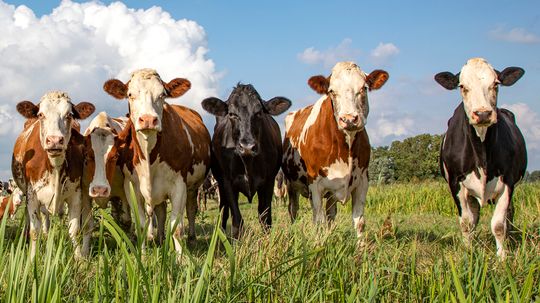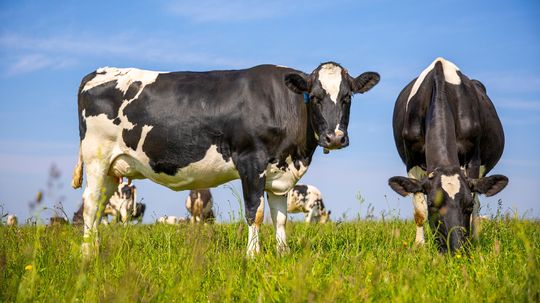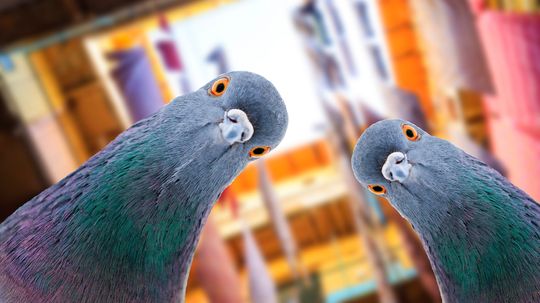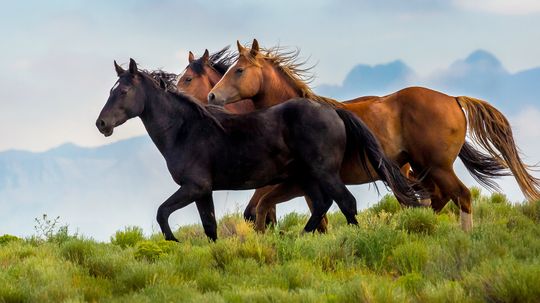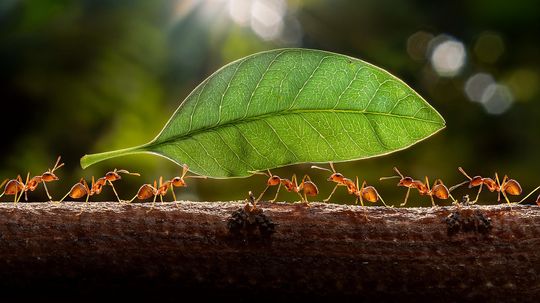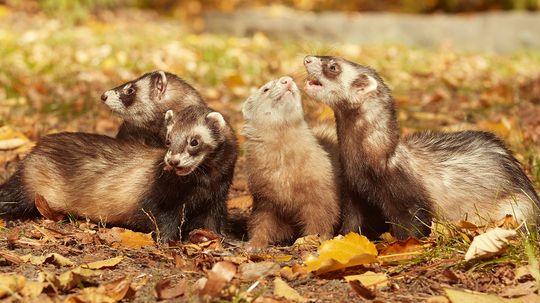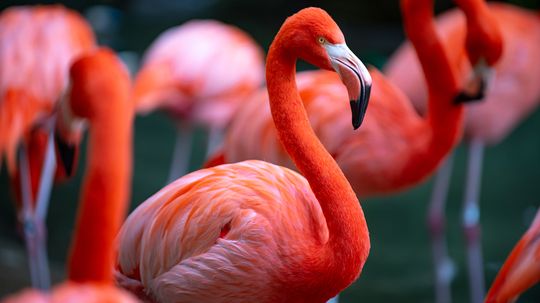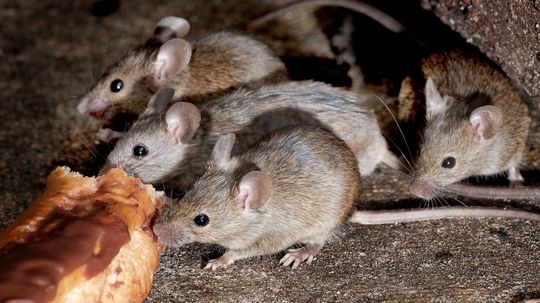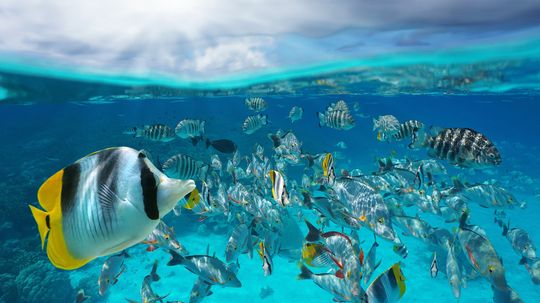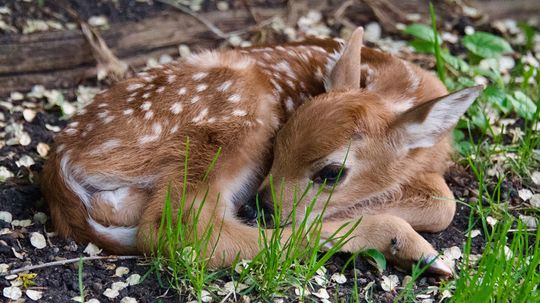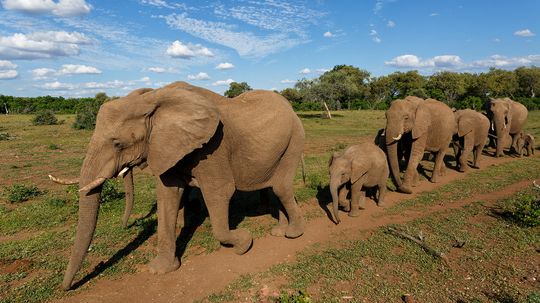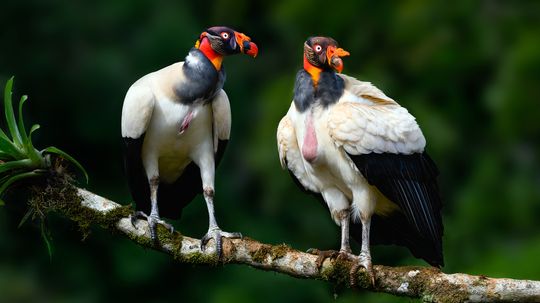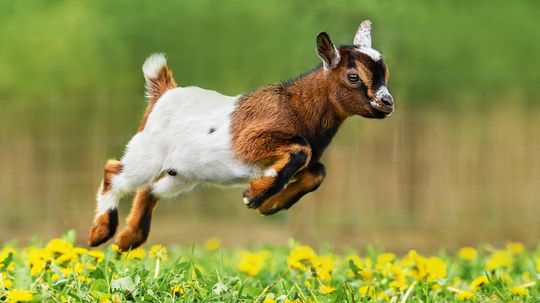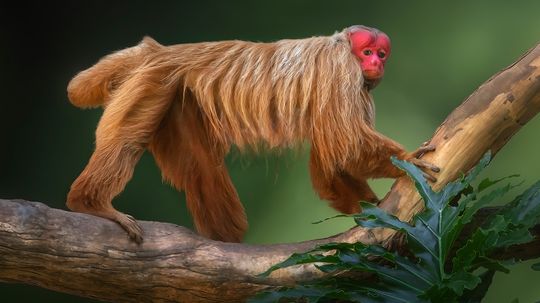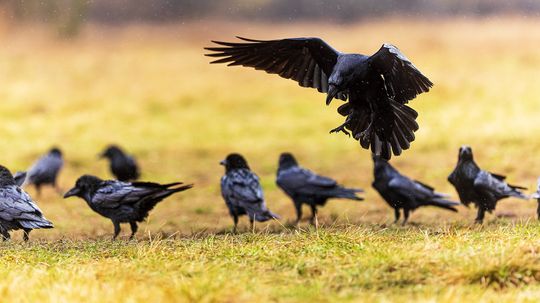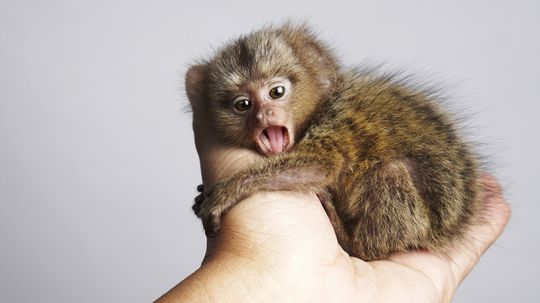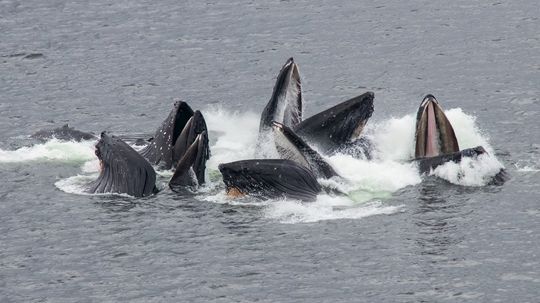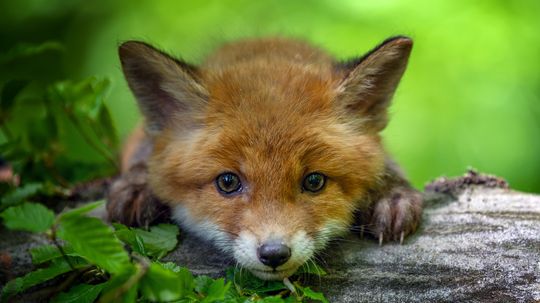Wild Animals
Whether they crawl, fly, swim, slither, walk, run or pounce, wild animals rely on their instincts. Read about all kinds of wild animals, mammals, birds, fish, insects, reptiles and amphibians.
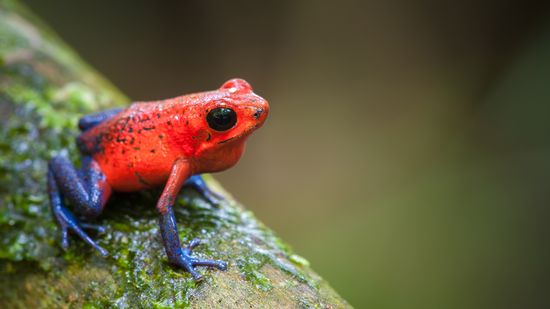
12 Colorful Frog Species: From Tie-dyed Designs to Rare Hues
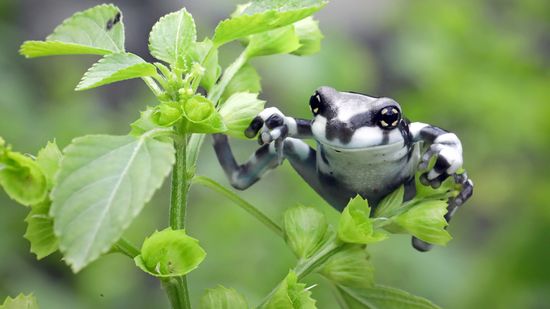
Amazon Milk Frog: Named for Its Defense, Not Its Color
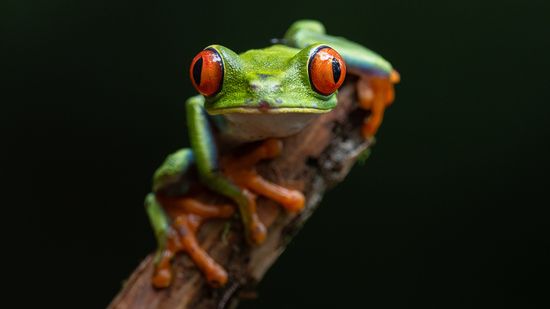
The Red-eyed Tree Frog Has Extremely Sensitive Skin
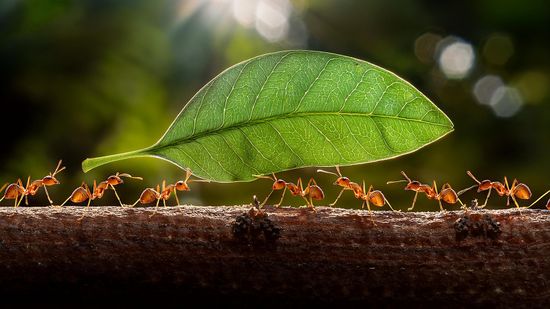
What Is a Group of Ants Called? Army vs. Colony vs. Swarm
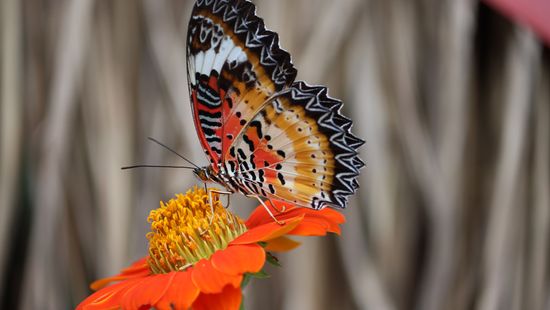
10 Red Butterfly Species Found From India to Florida to Europe
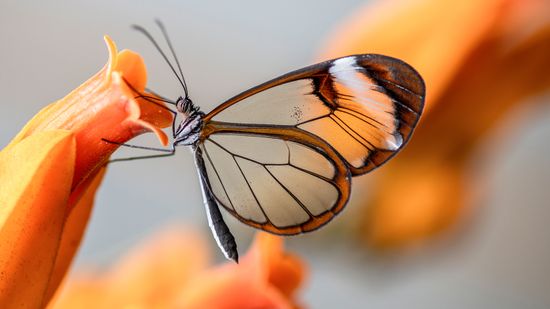
How the Glasswing Butterfly Flutters (Almost) Invisibly

What Is a Group of Doves Called? Depends if They're Flying
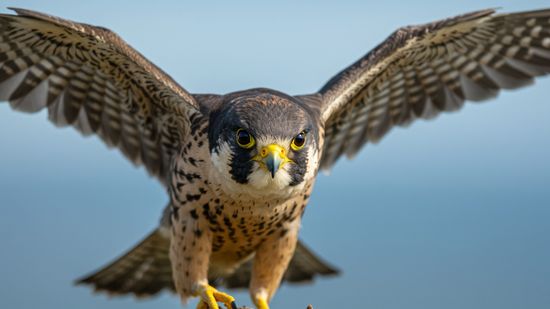
What Is a Group of Falcons Called? These Raptors Don't Flock
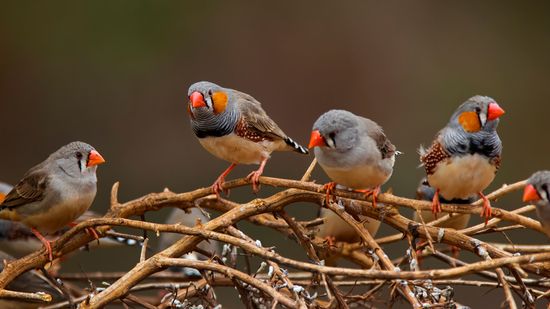
What Is a Group of Birds Called? When It's Not a Flock
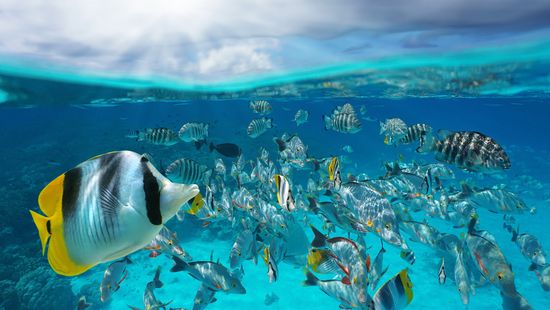
What Is a Group of Fish Called? Not Always a School
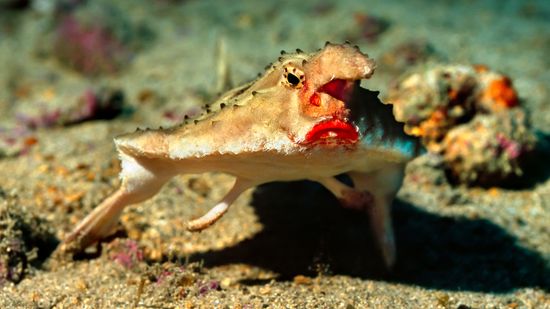
10 Weirdest Fish in the World: Batfish, Hairy Frogfish, and More
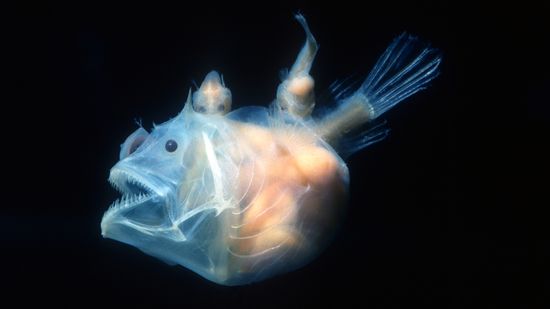
10 Scariest Fish Lurking in Rivers, Deep Ocean Waters, and Shells
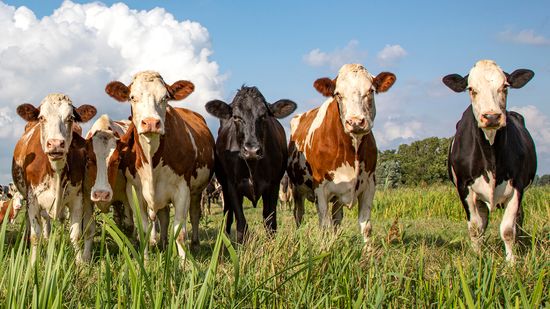
What Is a Group of Cows Called? Not Always a Herd
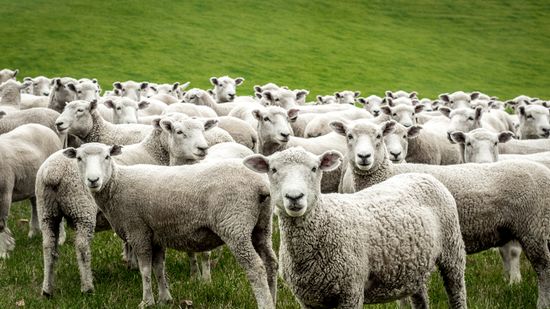
What Is a Group of Sheep Called? Not Necessarily a Herd

Where Do Cows Originate From? Taurine vs. Indicine Lineage
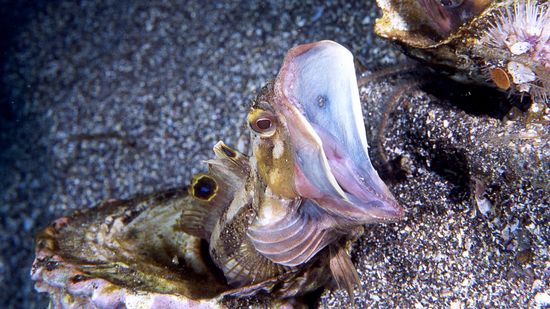
10 of the Scariest Sea Creatures Lurking in the Ocean's Depths

How Bioluminescent Jellyfish Get Their Signature Glow
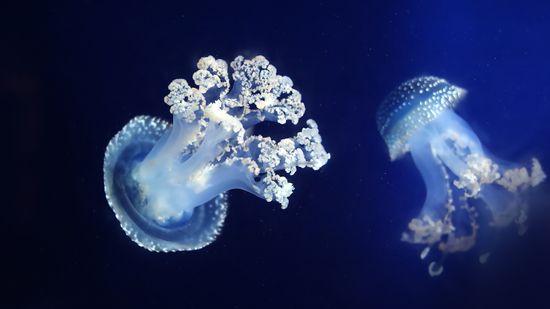
White Spotted Jellyfish: Cute Until They Become Invasive
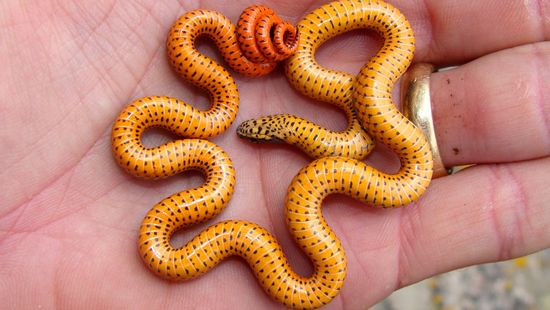
10 Cutest Snake Species That Have Us Squeeing

10 Colorful Lizards to Delight Reptile Lovers
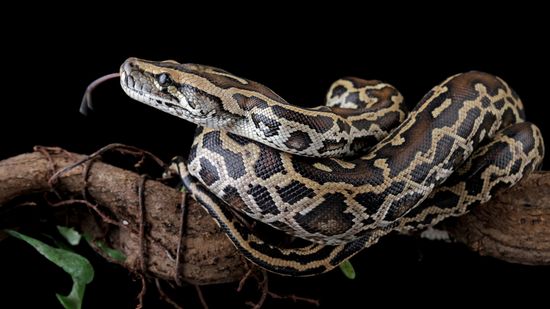
Python vs. Anaconda: Comparing Snakes and Software Languages
Learn More
You’ve probably seen a group of birds take off in a sudden burst, but have you ever stopped to ask, what is a group of doves called?
By Nico Avelle
When you spot a bird of prey with sharp talons, a curved beak, and long, pointed wings built for speed, you may be looking at a falcon.
By Nico Avelle
If you’ve ever asked, "What is a group of cows called," you’re not alone. It’s a common question that dips into farming, linguistics, and a bit of trivia.
By Nico Avelle
Advertisement
If you've ever driven past a pasture dotted with woolly creatures and wondered, "What is a group of sheep called," you're not alone.
By Nico Avelle
If you've ever played trivia nights or read old literature, you may have stumbled on the question: What is a group of birds called?
By Nico Avelle
Where do cows originate from? Oh, so you're ready to dive into the natural history of one of humanity’s most important domesticated animals.
By Nico Avelle
Ever walked through a city square and seen a sky full of pigeons take off at once? You may have wondered, what is a group of pigeons called? Does it have a fancy name like a parliament of owls or a murder of crows?
By Nico Avelle
Advertisement
Ever see a bunch of seals lounging on the beach and wonder what to call them? Good news: You're not alone. By asking, "What is a group of seals called", you've walked into a long tradition of humans naming animal collectives in colorful ways.
By Nico Avelle
Where do horses originate from? We don't mean to sound corny, but the answer really does take us on a journey through millions of years of evolution, migration, and domestication.
By Nico Avelle
You wake up to find a bunch of ants moving like a tiny, six-legged army across your kitchen counter? You pick up the phone to call an exterminator, and while on hold you ask yourself, what is a group of ants called?
By Nico Avelle
OK, you asked your friend, "What is a group of ferrets called," and they gave you a ridiculous answer: a business.
By Nico Avelle
Advertisement
Ever spot a bunch of tall pink birds gathered by the water and wondered, "What is a group of flamingos called?" The answer is as colorful as the birds themselves: a flamboyance.
By Nico Avelle
Ever hear something rustling in the walls or darting across the floor and wonder what to call more than one mouse?
By Nico Avelle
A group of fish swimming together is usually called a school or a shoal, but these terms aren't interchangeable.
By Nico Avelle
If you stumble upon a wobbly-legged baby in the woods with big ears and spots on its back, you might wonder, what is a baby deer called?
By Nico Avelle
Advertisement
If you've ever seen elephants moving through the savannah or a dense forest, you might wonder, what is a group of elephants called?
By Nico Avelle
Beauty is in the eye of the beholder, but in the bird world, some species seem designed to challenge that idea. These contenders for ugliest bird species sport bald heads, bare skin, and off-putting features that serve real evolutionary purposes.
By Nico Avelle
If you're diving into farm life or flipping through books on animals, you might stop and ask: What is a baby goat called? Goats are familiar faces on farms around the world, but their baby names sometimes trip people up.
By Nico Avelle
Some monkeys win the genetic lottery. Others? Not so much. The ugliest monkey isn't a single species—it's a whole gallery of primates that make you do a double take, then wonder if evolution was playing a prank.
By Nico Avelle
Advertisement
Words matter, especially when they echo through the trees. If you've ever seen a cluster of ravens swooping across a forest or perched on a fence post, you might wonder: What is a group of ravens called?
By Nico Avelle
Some animals are so small they seem more like toys than creatures of the wild. Take the finger monkey, for example. Also known as the pygmy marmoset, it's the smallest monkey in the world and could fit snugly in the palm of your hand.
By Nico Avelle
If you've ever visited a farm or watched an equine video online, you may have wondered, what is a baby horse called? Whether you're learning horse terminology or just curious about animal life, the answer is simpler than you might think.
By Nico Avelle
You’ve probably heard the term before, but what is a group of whales called? It’s not just trivia night bait; it says a lot about whale behavior. The word we use tells us how these massive marine mammals operate beneath the waves.
By Nico Avelle
Advertisement
With its plump belly, mischievous eyes and habit of showing up in Japanese gardens as stone statues, the tanuki blurs the line between myth and reality.
By Nico Avelle
If you've ever seen a tiny fox scamper across a field or curl up in a rescue shelter video, you might wonder, what is a baby fox called? Like, officially speaking?
By Nico Avelle
